The Living Building Challenge: Oregon Sustainability Center
Posted by lorne, 9th October, 2011 7:11 pm
Hello! I’m Amanda, and I’ve recently met Lorne and hopped on board Leading Leed. I’m majoring in Infrastructural Engineering at U of T, which shouldn’t surprise you. Anyway, as Lorne promised, we’re going to talk a bit about some things that came up at the Greenbuild Conference. One of the talks was about the Oregon Sustainability Center in Portland, Oregon, which is designed to become one of the most sustainable buildings ever. I believe they just finished designing it this summer, and construction is scheduled to begin early 2012. So why Portland, Oregon? Well, Oregon’s been known for supporting green energy initiatives, and Portland was the first US city to enact a carbon emissions-reducing strategy. (You can read more on their official website.) So when organizations in the state looked to build an impressive structure that would meet the Living Building Challenge guidelines (as green a standard as you can think of) when it was released back in 2007, and found out that Portland had happened to be looking into constructing a new center for sustainability research, the two got together and created this beauty:
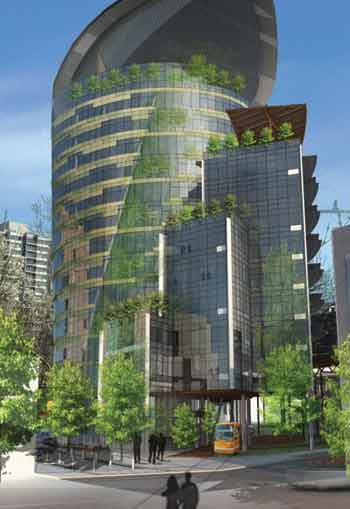
The first ‘Triple Net-Zero’ high-rise: all waste, water and energy is generated, utilized and recycled on site. For example, greywater (from hand-washing, for example) could be reused in toilets and to cool mechanical equipment. Features include solar panels, regenerative turbines, green roofs, and geothermal heat pumps. Read more in the executive summary. I hope I’ll get a chance to see this building some day- it’s definitely setting a new standard for sustainable infrastructure. Cheers, A
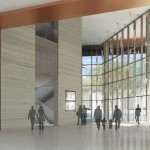
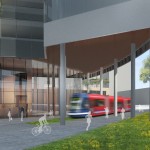
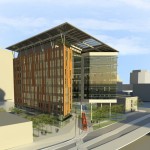
GreenBuild – A Sustainable Conference
Posted by lorne, 8th October, 2011 2:55 am
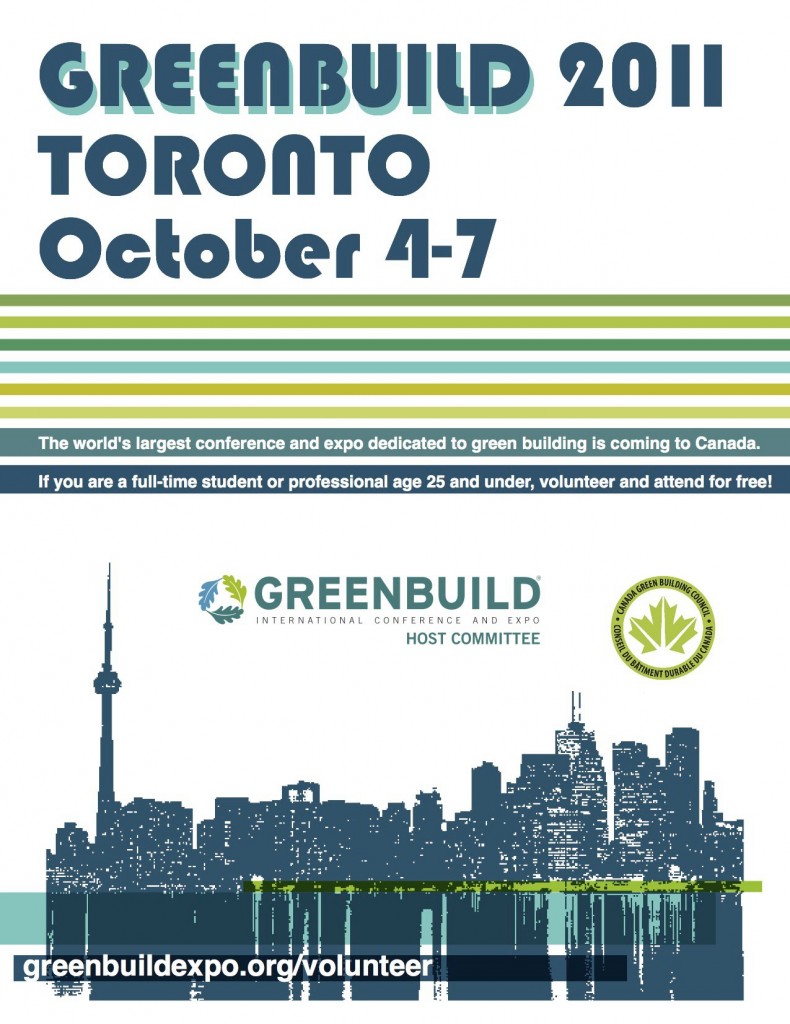
Greenbuild is, no doubt, the largest conference/expo dedicated to green and sustainable building practices in the globe. At LeadingLEED, we were fortunate enough to have it hosted in our own backyard in 2011, Toronto. Anyone remotely interested in this industry could not afford to miss such a great opportunity and see so many interesting and diverse products and services being offered in the world. There was no bias of people in the crowd, as all countries involved in green practices were properly represented at the expo.
Greenbuild reached nearly 25000 attendees. Over the next week, LeadingLEED will review our time spent at Greenbuild. From the 700 companies in the expo hall to the key note speakers and Maroon 5.
STAY TUNED AT WWW.LEADINGLEED.COM
University of Toronto Survey Camp – LEED
Posted by lorne, 7th September, 2011 5:47 am
My Sincerest Apologies for this hiatus. I can assure you I have missed you more than you have missed me. For the past two weeks I have been living in a bunkhouse with 40 other men (and 1 working shower). BUT! Don’t worry it was all in the name of learning how to survey and completely sustainabiliz – ing a new redeveloped Survey camp.
It is very difficult for one to explain survey camp without being in its presence. Survey camp is located on 200 acres of land which has been owned by the University for this sole purpose for the past 93 years. The signatures and detailed murals date back to the early 1920’s.
We first learned using the theodolite and surveyed land to create a highway curve and then ventured onto drawing a topographic map of the property using a Total Station.
I want to focus on the things that you came here for LEED and sustainable development. The Blog Post will only scratch the surface of what is to be an in depth case study of the UofT Survey Camp redevelopment. A large part of survey camp was a sustainability unit in which we dove into the world of how energy saving items such as wind-power and deep water cooling work. We studied the efficiency or rather inefficiency of PVC panels, as well as the feasibility of using deep water cooling as a part of the redevelopment. I was responsible for creating a presentation on the specific items that lead towards a sustainable LEED camp.
The Civil Engineering Department has been raising large sums of money and wishes to redevelop the entire camp in a sustainable way and ensure it is sufficiently used throughout the year. They have developed some very preliminary drawings to generate ideas. During LeadingLEED`s case study we will look at what it takes to be LEED on this interesting property.

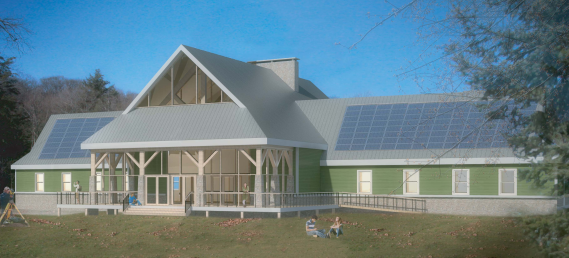
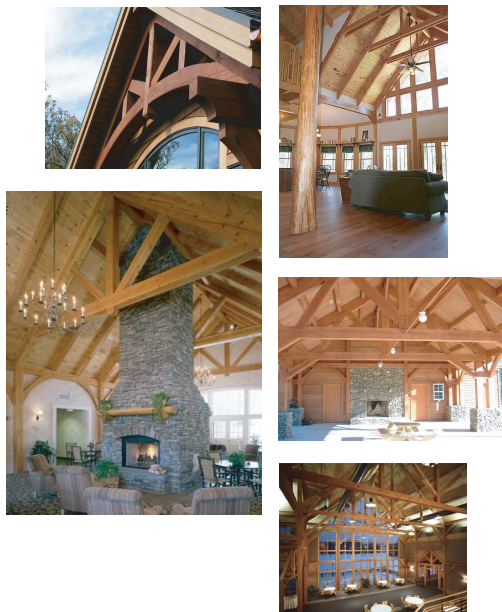
FREE LEED CMP HOURS!!
Posted by lorne, 16th August, 2011 9:20 pm
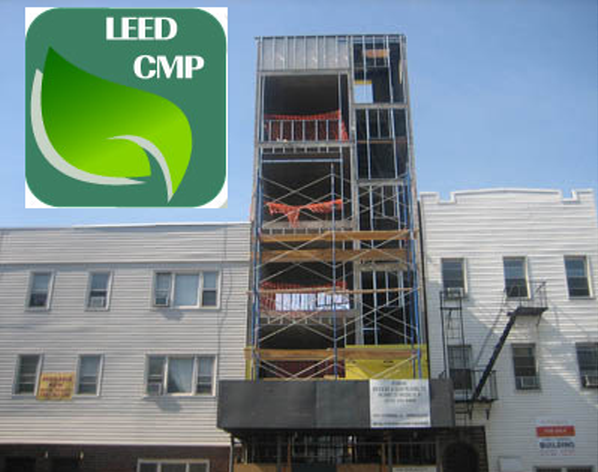
One of the most GooGle’d terms when referring to LEED. How can I maintain my LEED accreditation or opt in for a LEED AP+ speciality at the cheapest cost (free).
There are many different articles to read, and quizzes you could take to earn these hours slowly and painfully. I came across some courses that are interesting, quick and best of all FREE! Gang Chen, showed me where to go and I have enjoyed the courses as well. Unlike some other CMP courses that you must PAY for, these courses are actually relevant and keep you informed. Feel free to check them out!
Daylighting Using Skylights and Curtainwall Systems
Permeable Interlocking Concrete Pavement: Part II
Green Roofs: A Sustainable Strategy
Cool Roofing: A Solution to National Energy and Environmental Challenges
Tankless Water Heating Solutions
Keep visiting as I stumble upon more free CMP hours
If you know of any feel free to send them to me at [email protected]
An alternative to the green industry
Posted by lorne, 8th August, 2011 8:22 pm

In Australia, they are taking an alternative approach to curbing green house gas emissions. Australia is the home to the largest wild camel population on the globe, composed of 1.2 million camels. Hunters will be given carbon credits for these carbon producing mammals.
Absurd?
I think so. Some have made the argument that people produce 6 times the amount of carbon just by driving their cars. So, for every 6 mammals shot, what would we do with one human?
Food for thought.
The full article can be found here












